"Fine-Arts" prints on paper
It is a process of printing on art paper using very high-quality pigment inks and printed in very high definition. Its level of conservation is exceptional (more than 100 years), its quality, depth, and richness of nuances exceeds the classic photo print on Argentic paper.

Glossy finish
Apart from its exceptional thickness, the fiber paper is composed of an alpha-cellulose base without acid and it is covered with barium sulphate, and a microporous layer absorption enhancing pigments during printing. A pure white color, non-yellowing to light, this paper is especially designed for resistance and aging. It is used by major museums worldwide as it offers excellent resolution, rendering deep and dense colors.
Art Print "Fine Art" - Glossy finish on a fiber base paper 325 g.

Our high end prints and reproductions
ArtMajeur only uses natural papers with neutral pH, resistant, and of high quality, selected from renowned papermakers!
Constant attention is paid by our master printer, whether in terms of color control or respect for the graphic chain. Our high level of quality requirement is a major asset of ArtMajeur framed art prints.
For Artists! You help artists to live from their work. They receive royalties everytime you buy their prints.
About our fine prints-
Original Artwork
Painting,
Oil
on Canvas
- Dimensions Height 16.8in, Width 14.6in
- Framing This artwork is not framed
- Categories Classicism Portrait
L'un des éléments distinctifs de l'œuvre est l'inclusion d'un genévrier à l'arrière-plan, qui a une signification symbolique. En italien, « ginepro » signifie genévrier et « ginevra » est une variante de ce mot. Ce lien entre le nom de Ginevra et le genévrier renforce le caractère personnel du portrait.
Léonard de Vinci a utilisé sa maîtrise de la lumière et de l'ombre dans cette peinture, en utilisant des transitions subtiles et des coups de pinceau délicats pour rendre les détails du visage et des mains de Ginevra. L'utilisation du clair-obscur, une technique qui met en contraste les zones claires et sombres, ajoute de la profondeur et du réalisme au portrait.
Related themes
Leonardo da Vinci was a true Renaissance genius, known for his extraordinary talents in various fields, including painting, engineering, anatomy, and many others. He was born on April 15, 1452, in Vinci, a town in Italy, and he died on May 2, 1519, in Amboise, France. Leonardo's diverse skills and pioneering contributions spanned art, science, and the humanities, making him one of the most iconic figures in human history.
As a painter, Leonardo da Vinci is celebrated for creating some of the most famous and revered works of art in the world. His masterpieces include the "Mona Lisa," an enigmatic portrait known for its captivating smile, and "The Last Supper," a groundbreaking fresco that vividly depicts the moment Jesus reveals that one of his disciples will betray him. His paintings are characterized by their meticulous attention to detail, realistic portrayal of subjects, and pioneering techniques in the use of light and shadow.
In addition to his artistic achievements, Leonardo was a polymath who excelled in various scientific and technical fields. He conducted pioneering studies in anatomy, making detailed sketches of the human body that contributed significantly to our understanding of anatomy and medicine. He was also a visionary inventor, designing numerous machines and devices, some of which were ahead of their time.
Leonardo's notebooks, filled with sketches, diagrams, and writings, reveal his insatiable curiosity and desire to explore and understand the world. His scientific investigations included the study of geology, botany, and engineering, and his insights often foreshadowed later scientific discoveries.
Throughout his life, Leonardo da Vinci's work and ideas were characterized by a relentless pursuit of knowledge and an unwavering commitment to pushing the boundaries of human understanding. His contributions to the fields of art, science, and invention continue to inspire and influence generations of thinkers, creators, and scholars. Leonardo da Vinci remains a symbol of the Renaissance spirit, where a profound curiosity about the world and boundless creativity came together to change the course of history.
-
Nationality:
ITALY

- Date of birth : 1500 (Approximate date)
- Artistic domains: Represented by a Gallery,
- Groups: Contemporary Italian Artists Artists presented by a gallery
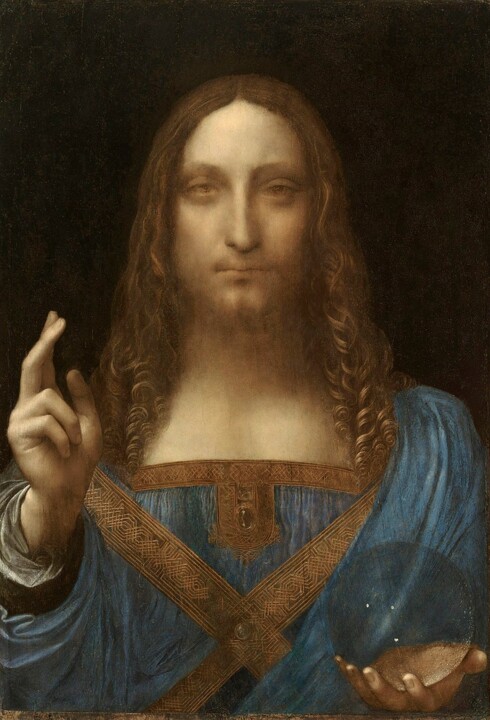 The painting "Salvator Mundi", sold for 450 million dollars to a Saudi prince, is not by Leonardo da Vinci
The painting "Salvator Mundi", sold for 450 million dollars to a Saudi prince, is not by Leonardo da Vinci
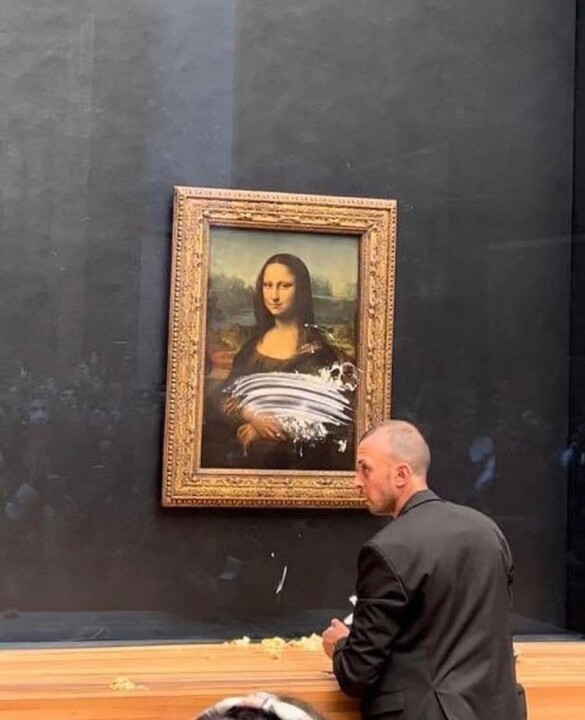 A man was arrested after scaling Mona Lisa
A man was arrested after scaling Mona Lisa
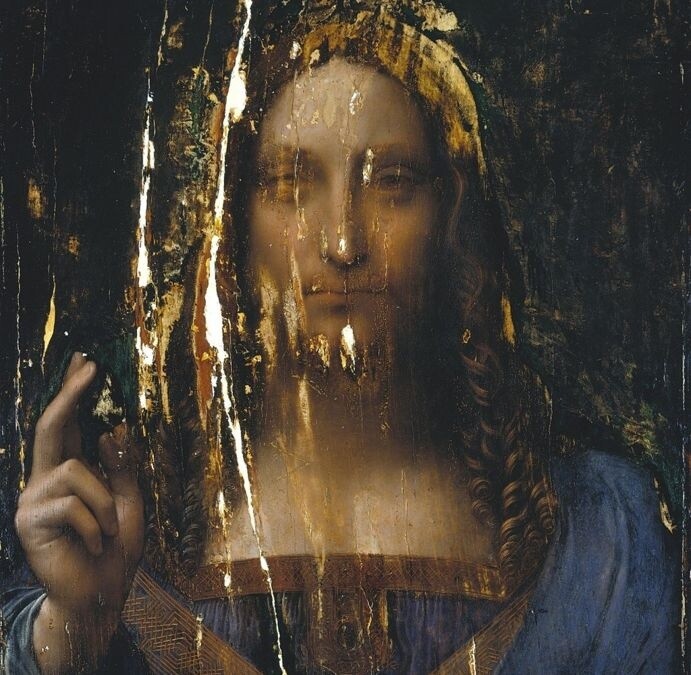 A badly preserved copy of the Salvator Mundi, sold for a million euros, could be worth more!
A badly preserved copy of the Salvator Mundi, sold for a million euros, could be worth more!
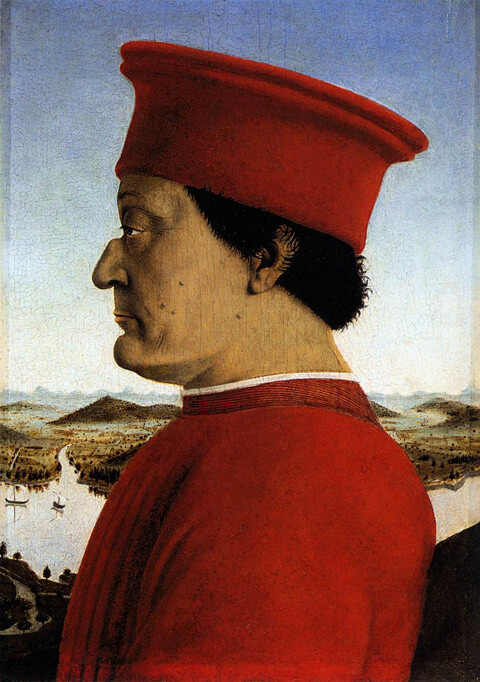 Leonardo da Vinci: unveiled portrait of Federico da Montefeltro
Leonardo da Vinci: unveiled portrait of Federico da Montefeltro
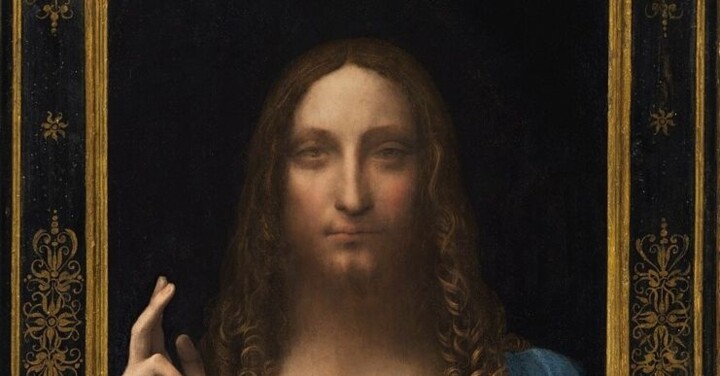 Leonardo's Masterpiece 'Salvator Mundi' to Make Historic Debut as NFT
Leonardo's Masterpiece 'Salvator Mundi' to Make Historic Debut as NFT
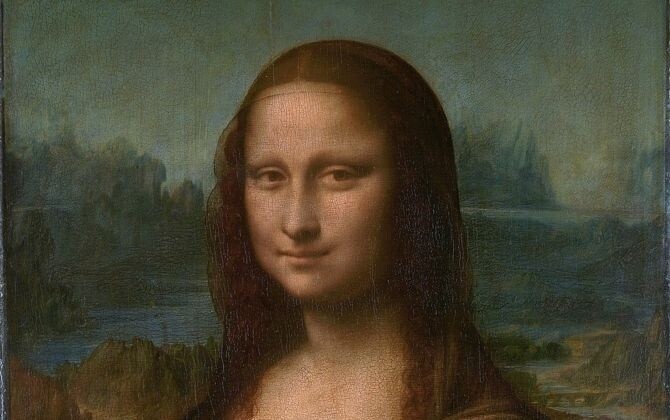 Rare Chemical Compound Found in 'Mona Lisa' Reveals Leonardo's Technique
Rare Chemical Compound Found in 'Mona Lisa' Reveals Leonardo's Technique
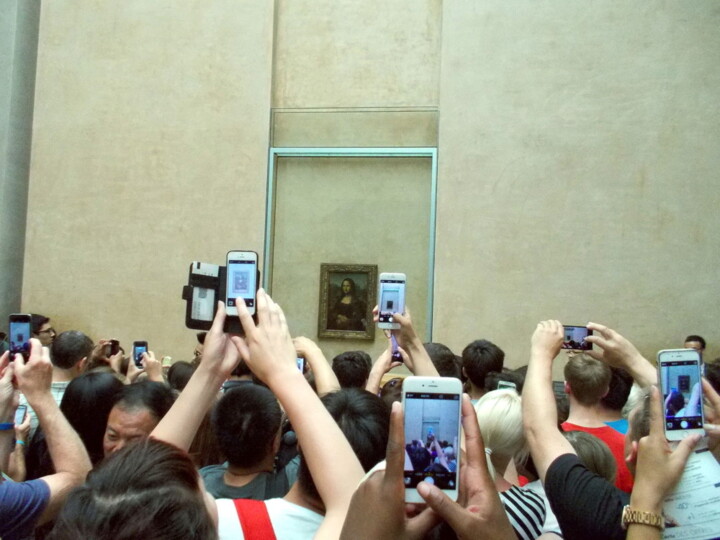 Louvre Plans Underground Relocation for Mona Lisa to Improve Visitor Experience
Louvre Plans Underground Relocation for Mona Lisa to Improve Visitor Experience









